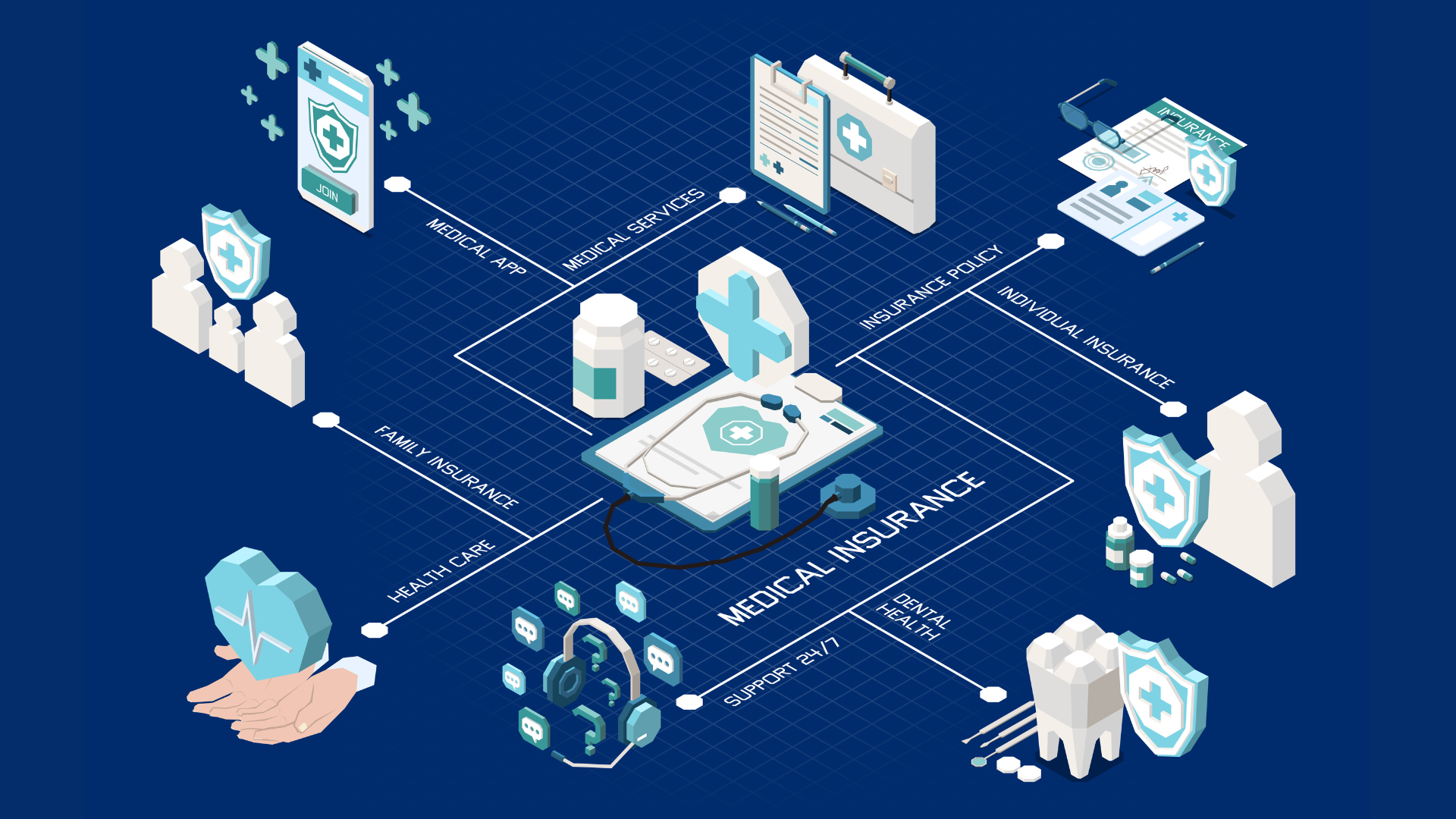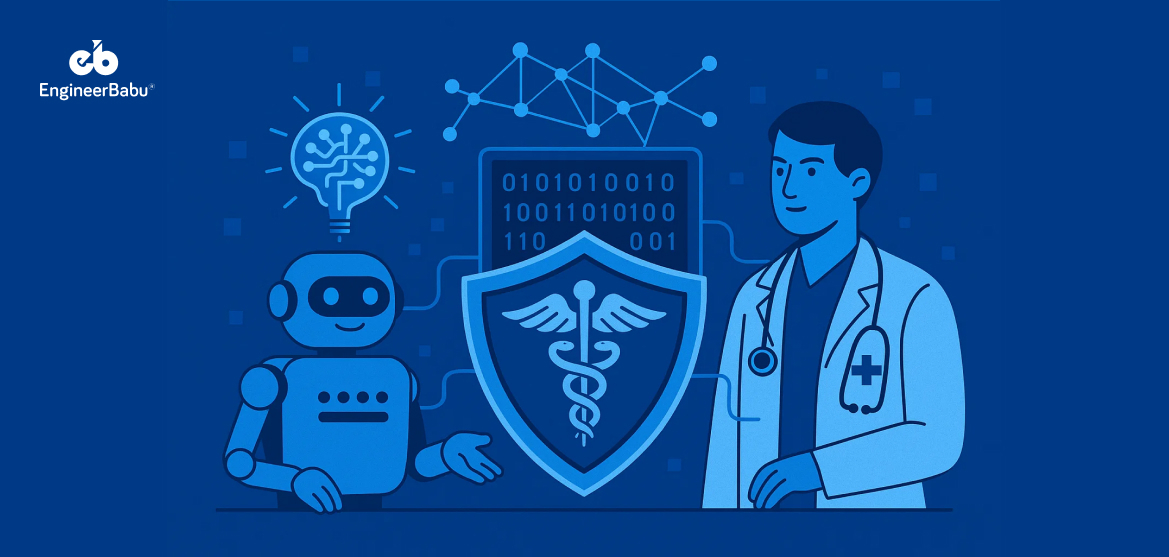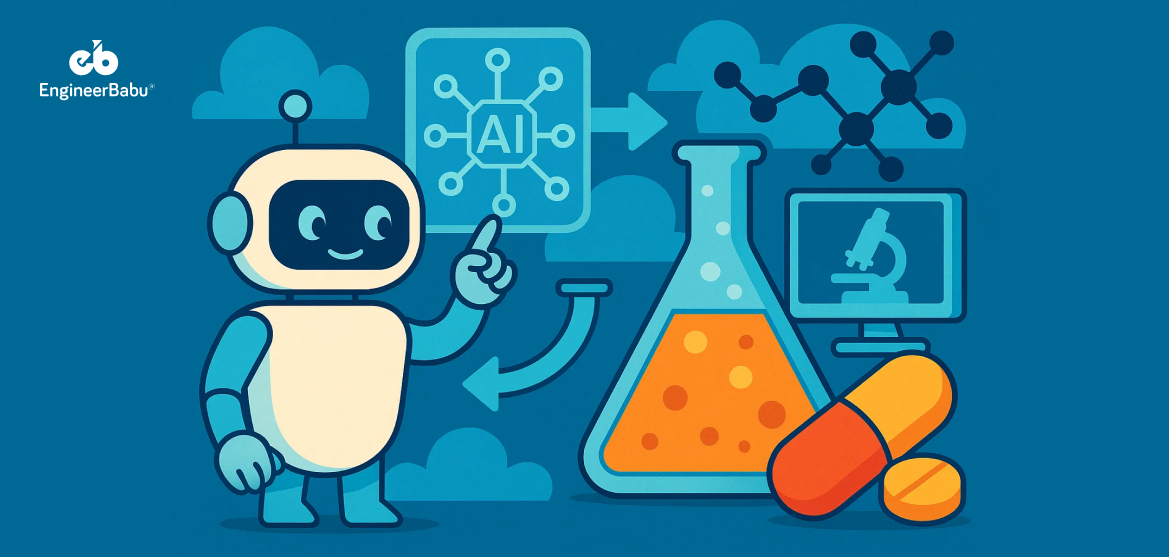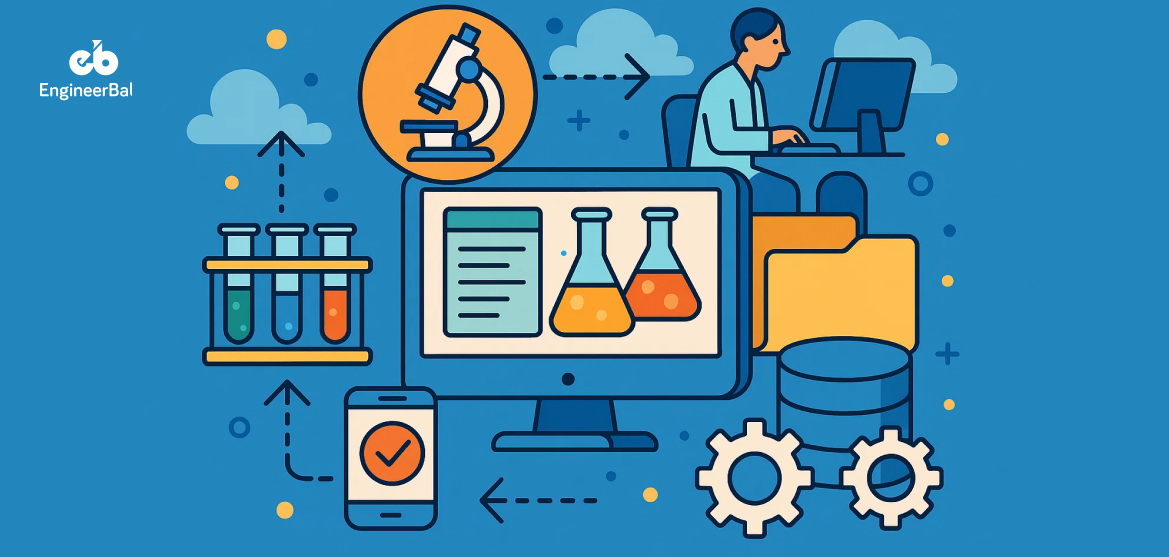What if every patient had secure, instant access to their entire medical history—anytime, anywhere?
Today, most healthcare systems still rely on siloed databases and outdated data-sharing practices. As a result, nearly one in three patients has experienced delays or errors due to incomplete records. Blockchain is stepping in to fix that.
With its decentralized and tamper-proof structure, blockchain allows for secure, real-time access to verified medical data without relying on a single authority. It reduces duplication, prevents fraud, and gives patients more control over their health information.
In this post, we will explore how blockchain is reshaping medical record-keeping. The shift from interoperability and consent management to audit trails and security is already underway because better data access leads to better care.
How Blockchain Is Changing Medical Record Keeping?
Immutable Patient Records: A Permanent Health Ledger
Once added to the blockchain, a patient’s medical record becomes an immutable, timestamped entry. Every change is recorded, preventing unauthorized tampering or deletion.
Why it matters: According to NIH, data tampering and inconsistencies contribute to 86% of medical errors. Immutable records reduce legal disputes and ensure trustworthy data across care teams.
Example: A blockchain EHR system in Estonia records every access and edit attempt, building trust between patients and providers.
Interoperability Across Systems: One Patient, One Record
Most hospitals use different EHR vendors. This results in fragmented, incomplete patient data. Blockchain creates a standardized, interoperable layer that multiple systems can access securely.
Why it matters: A study by the Office of the National Coordinator for Health IT revealed that only 46% of hospitals could electronically retrieve patient health information from outside providers.
Example: MIT’s MedRec project allows different providers to share records via blockchain without needing a central authority.
Enhanced Data Security and Privacy: End-to-End Protection
Blockchain encrypts health records and stores them across a decentralized network. It eliminates a single point of failure, making patient data significantly more secure.
Why it matters: In 2023 alone, the U.S. experienced 725 healthcare data breaches, impacting over 133 million records. Blockchain minimizes these risks by design.
Example: BurstIQ uses blockchain to manage secure, HIPAA-compliant health data sharing between enterprises.
Real-Time Access with Smart Contracts: Automated Permissioning
Smart contracts allow patients to define who can access their records and for how long. These contracts execute automatically, reducing manual work and delays.
Why it matters: A Deloitte report found that patients spend 18.7 minutes on average filling out paperwork per visit, and over 40% of doctors say data-sharing delays impact patient care.
Example: Robomed Network enables patients to pre-authorize access to specific records, streamlining second opinions and emergency treatment.
Reduced Administrative Burden: Automation + Accuracy
Healthcare systems spend up to 25% of total hospital costs on administration. Blockchain automates data-syncing insurance verification and reduces redundancies.
Why it matters: McKinsey estimates that automation and blockchain could cut healthcare administrative costs by $200 billion annually in the US alone.
Example: Change Healthcare integrated blockchain for claims management, reducing processing time by 35%.
Empowered Patient Ownership: Your Data, Your Rules
Blockchain gives patients a private health wallet containing all their medical data, accessible only with consent. This rebalances data ownership away from providers.
Why it matters: A Pew Research Center study found 81% of patients want greater control over their health data, but only 20% say they currently have it.
Example: Healthereum and Medicalchain offer apps that let patients share data with specialists or insurers directly through blockchain wallets.
Streamlined Medical Research and Public Health: Anonymous but Actionable
Blockchain enables large-scale, anonymized data sharing for clinical research without compromising patient privacy. This accelerates breakthroughs while respecting confidentiality.
Why it matters: A Nature study revealed over 70% of researchers face delays or denials accessing health data due to privacy regulations.
Example: Shivom and Genomes.io use blockchain to securely share genomic and clinical data with researchers.
Conclusion
Blockchain isn’t just a tech trend—it’s the foundation of a smarter, safer, and more connected healthcare system. Whether you’re building an EHR platform, a telemedicine app, or a clinical data-sharing network, integrating blockchain can unlock the security, speed, and interoperability your users expect.
FAQs
Q1. Why is blockchain important for medical records?
Blockchain ensures data integrity, security, and transparency—making it ideal for protecting sensitive health information and improving provider interoperability.
Q2. Can blockchain help with HIPAA compliance?
Yes. Blockchain’s encryption, audit trails, and access controls align well with HIPAA’s privacy and security requirements, though implementation still requires careful legal and technical alignment.
Q3. Is blockchain being used in healthcare right now?
Yes. Countries like Estonia and companies like Change Healthcare, Medicalchain, and BurstIQ actively use blockchain for health data management and medical claims processing.
Q4. Can patients control their health data using blockchain?
Absolutely. One of blockchain’s most significant benefits is enabling patients to own and manage who can access their medical records using digital health wallets and smart contracts.
Q5. How does blockchain improve data sharing in healthcare?
Blockchain creates a decentralized ledger that different systems can access, making data sharing seamless and real-time—especially useful in telemedicine and multi-provider care.




